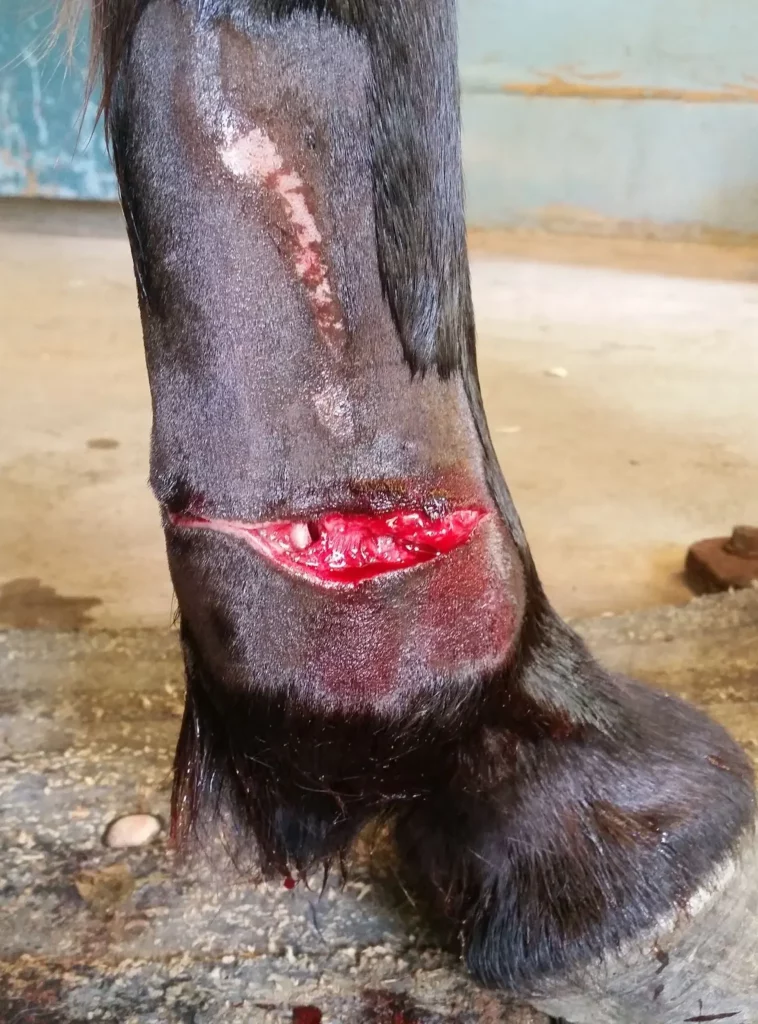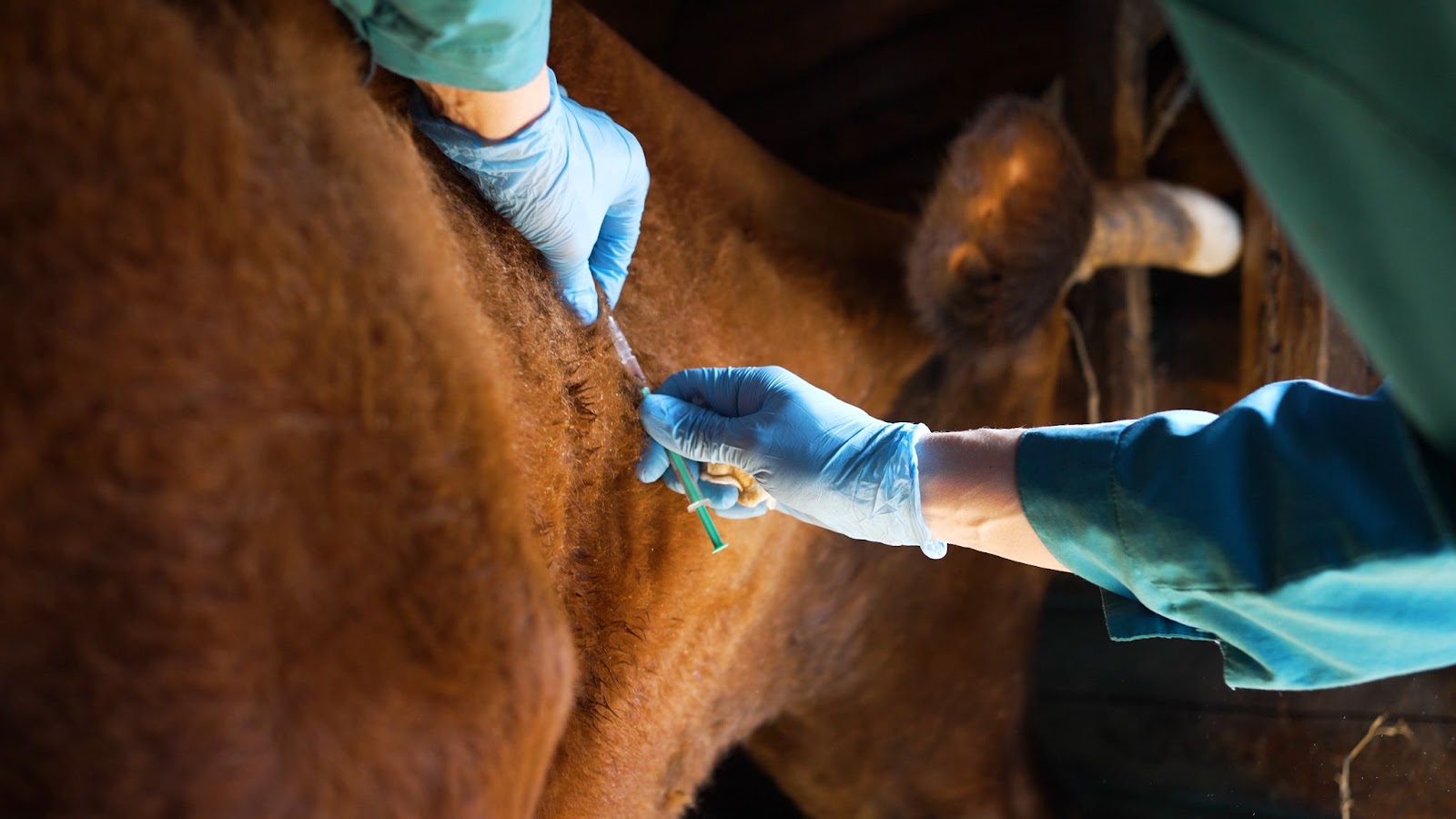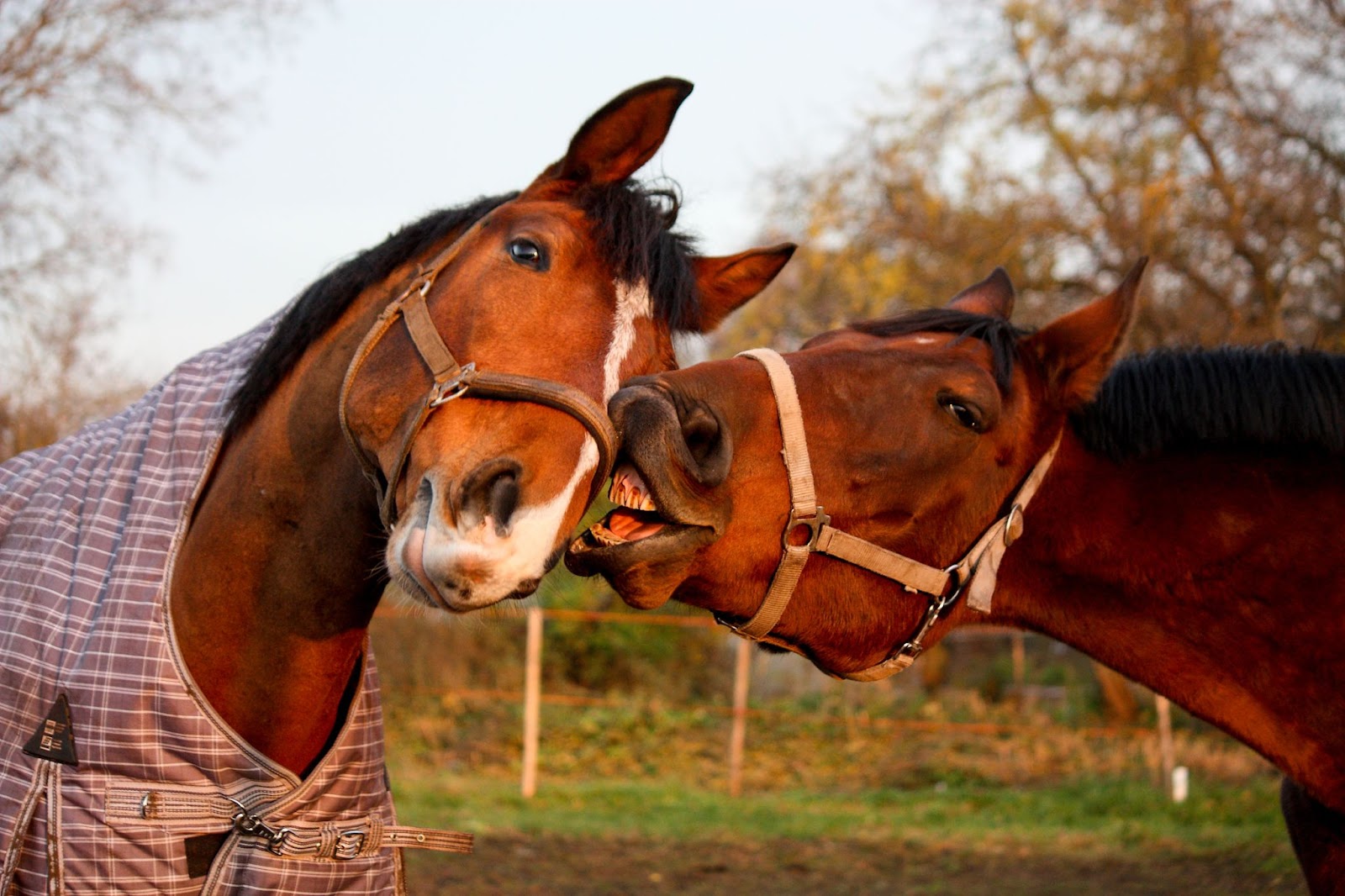If you have ever been around an equestrian, chances are, you have heard a horse being referred to as “lame,” but this is not a comment on the horse’s social status. When a horse is lame, they are suffering from a serious, and painful condition that affects a horse’s hooves, thus their entire lifestyle. Lame is the shorthand term for a horse suffering from laminitis, which stems from a problem in a horse’s hormonal system that will affect the laminae of their hooves. Laminitis is common enough, but when left untreated, the most humane treatment may be euthanasia. As an equestrian, or an aspiring one, it is crucial that you know the signs of laminitis like the back of your hand to avoid euthanasia. In this blog, we will provide you with the signs and symptoms, treatment options, and the best prevention methods for horse laminitis.
If you have any immediate questions or concerns, it is very important to get a professional’s opinion. Call our Sinton Vet Clinic, and we would love to give you some advice. Our number is (361) 364-4551, and we have an emergency number listed on our website.

What is Laminitis?
Before we can get into the signs and symptoms of laminitis, we have to know what the disease is and what it does. Equine laminitis is a metabolic disease that results in painful inflammation in the laminae of the hoof. The laminae is the part of the hoof that connects the pedal bone to the inner walls of the hoof, making it a crucial connective point for a horse’s anatomy. When the laminae is inflamed, the hoof’s support structure is compromised, causing the horse extreme pain. In some cases, the laminitis disease does not extend further than causing lameness for a short period of time. In other, worse cases, the horse can develop founders.
Laminitis research is ongoing; the exact causes are not completely understood or identified. Despite that, scientists have determined that there are some irrefutable risk factors, including diet, exercise, obesity, underlying conditions, and hoof care. If you are concerned about any of these factors, contact your veterinarian immediately. If laminitis is left untreated, the disease can cause long-term, irreversible damage and has been proven to be fatal. Contact an experienced professional ASAP!
Warning Signs
Before we discuss the onset of symptoms, it is so important to be aware of warning signs that will indicate that your horse is at risk. Often, there are a couple of issues that will act as a precursor, such as insulin resistance, Cushing’s disease, and colic. With that being said, hoof health is the best way to determine if your horse is suffering from laminitis.
As discussed, laminitis is a problem with a horse’s hoof, which means that if there is any pain or discomfort, your horse will show you with every step they take. To determine if your equine friend is dealing with pain, watch for changes in stride, gait, and posture. Laminitis starts in the hoof, which makes farriers a wonderful resource that can manage and monitor your equine’s hoof health, ensuring that any problems are caught early. Another great source of information is to turn to your trusted veterinary team, who will easily identify these warning signs and offer treatment options.
Symptoms
Often, laminitis rears its ugly head slowly, meaning you have to be on the lookout for the first signs of the disease before it worsens. As mentioned, the laminae is a huge target for the disease, causing the pedal bone to rotate in the hoof capsule. This rotation is often what causes a severe amount of pain. The first signs of lameness that most equestrians notice are leg stiffness, refusal to move, and a strong pulse in the infected hoof. Because of the pain that laminitis brings, horses will often stand with legs stretched apart to allow their weight to shift off their painful hoof. On the other side of dealing with the pain, some horses will shift their weight from foot to foot to gain some reprieve.
If you notice ANY symptoms, you need to contact a trusted vet immediately! Call us at (361) 364-4551, and we would be happy to offer our expertise. The sooner laminitis can be diagnosed, the sooner it can be treated, and we want your horse back to their normal selves.

Treatment Options
As with any problem, horse laminitis treatment can vary from animal to animal. The course of treatment is largely dependent on the severity of the case, making it essential for you to reach out to a large animal vet before any decisions can be made.
In the most mild of cases, the best course of action is to reduce the amount of stress on the horse’s hoof, use an anti-inflammatory medication, and provide a relaxing environment. In these cases, the main goal is to treat the problem before it becomes worse and much more painful. If you notice any symptoms, reach out to a professional ASAP!
On the other side of the spectrum, severe cases may require immediate medical intervention, including surgery or hospitalization. In some severe cases, it may be necessary to insert special shoes into the foot to improve the horse’s posture and limit their pain. When a case’s severity develops, immediate intervention is the only way to ensure that the horse recovers. If a case is severe enough, the only humane option is euthanization; letting a horse live with severe laminitis pain is not humane. Keep your equines happy and healthy by protecting their foot health!
Prevention Methods
The best treatment option for any horse is to take preventative measures. Your horse’s diet, exercise, gait, and overall health should be on your monitor so any changes will be immediately addressed. By providing your horse with a well-balanced diet and routine exercise, you are making good decisions that will prevent your horse from becoming lame. If your horse is at a higher risk than others, we recommend avoiding pasture grazing, as the high sugar content will negatively affect the horse’s hoof health. One last tip we have for equestrians is to keep your horse at a consistent weight, which will limit the amount of stress on the horse’s body and hooves. If you are looking for prevention tips that are specific to you and your horse, reach out to a veterinary professional for a tailored prevention plan!
Take Action
As an equestrian, understanding the basics of horse laminitis will provide you with the information you need to take preventative measures, and offer appropriate treatment solutions if your horse displays any symptoms. To ensure that your horse can continue to live its happy life, it’s essential to monitor your horse’s health and take the necessary measures to keep them healthy. Prioritize giving your horse a healthy diet, exercise routine, and a chance to maintain a healthy weight. Remember, early intervention and proper treatment can make a huge difference in the outcome of this painful condition.
With years of experience under our saddles, our Sinton Vet team can offer you amazing expertise and specialized care for your horse. Being in Texas, we have quite a few equestrian clients, so feel free to ask us questions about anything relating to horse care! To schedule an appointment with our specialized staff, fill out the contact form linked on our website, or call us directly at (361) 364-4551. If you are noticing any symptoms of laminitis, please contact us immediately. Stay safe out there!




